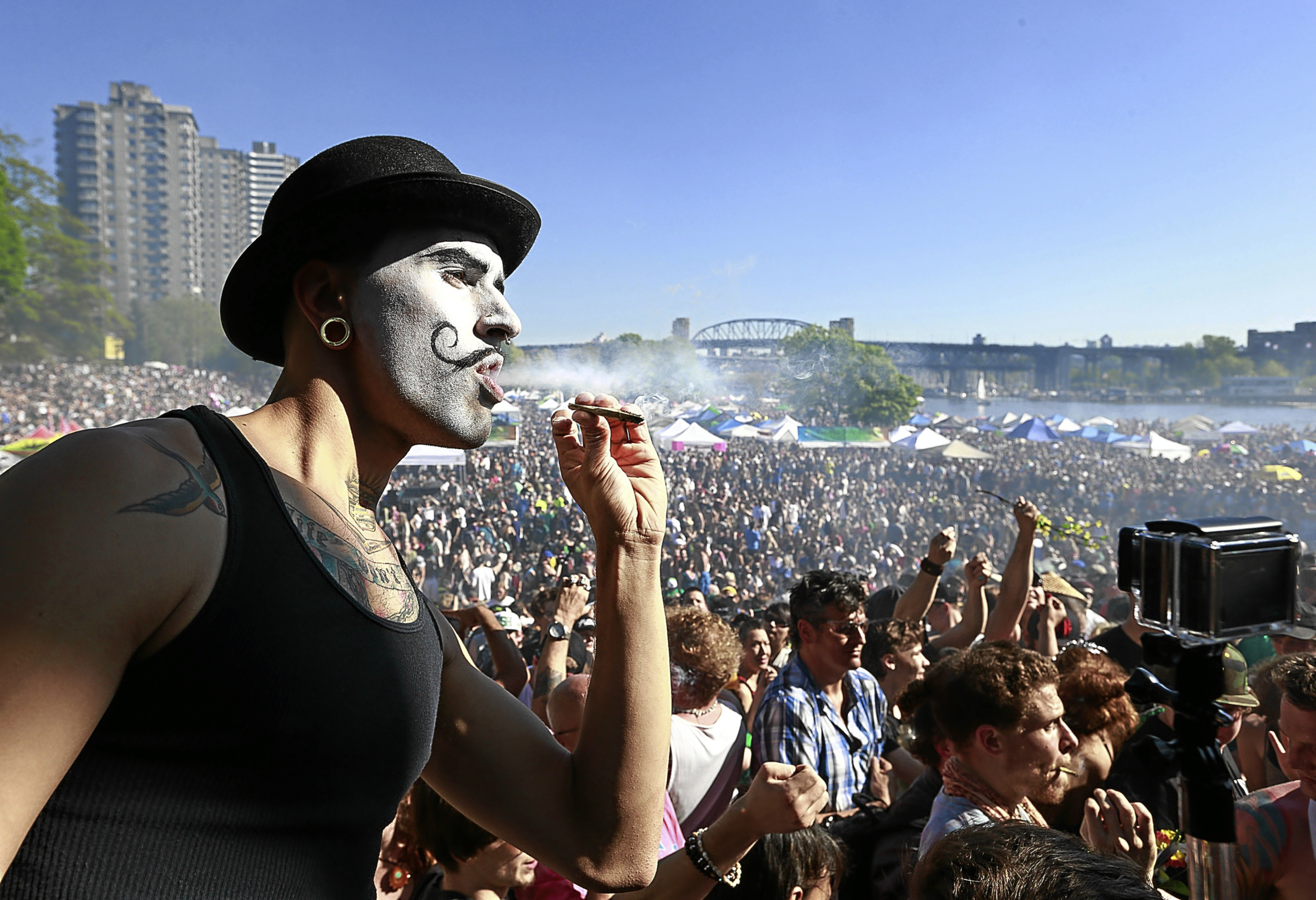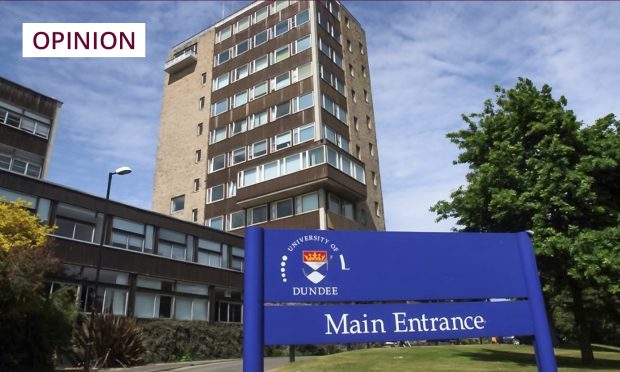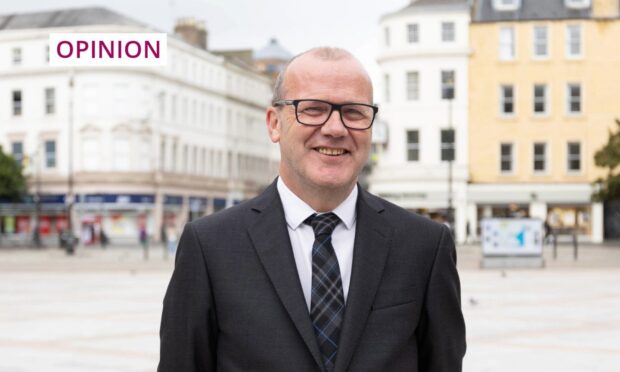It’s time to legalise marijuana, then ban it again. Here’s why.
The Canadian government chose April 20 to make the announcement that cannabis will be legalised next spring, in the latest progressive move by the new Liberal government.
The news had been coming for a while, because it was an election pledge last year but the date was significant because it was “4-20”, when weed enthusiasts get together to call for changes in the law. Prime Minister Justin Trudeau’s government beat them to it with a morning announcement.
It meant a celebratory mood in many cities, where people gathered to smoke dope in public and, in past times, get arrested for it.
This time, police action was pointless and I suppose it always was. Why lock someone up for getting a bit silly, giggly and paranoid?
The movement to legalise cannabis is nothing new, of course but in recent times it’s been gathering momentum.
Just to the south in the US, a dozen states have relaxed drug laws in one way or another and four – Colorado, Oregon, Alaska and Washington – have made cannabis completely legal.
Canada, like 23 US states, already allows medical use of marijuana and in fact, has so many dispensaries the authorities are struggling to regulate them.
It was only a matter of time before the federal government legalised recreational use, too. It’s the right thing to do and the UK needs to follow this lead.
This is not the 1950s, with ill-informed warnings of reefer madness. It’s time for a sensible approach to soft drugs and the Canadian government is fully on board with a harm reduction strategy.
However, that’s where we need to stop and think.
“Harm reduction” admits cannabis is harmful. There are disagreements about its medical effects but it is accepted cannabis smoke contains about 50 things that cause cancer. It’s bad for you.
Ironically, there are now calls to ban marijuana a second time, to control second-hand smoke. I support that, too, because laws on tobacco smoking should extend to marijuana, to protect public health.
I say smoke ’em if you got ’em but be polite.










